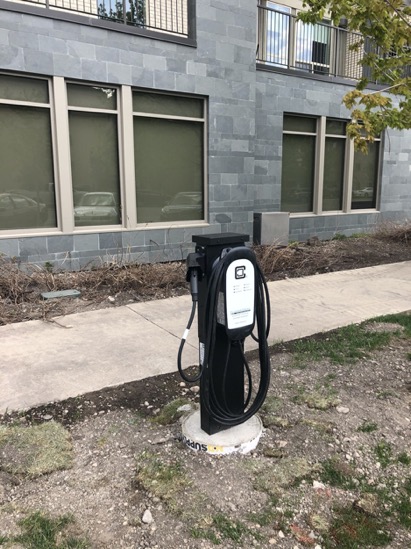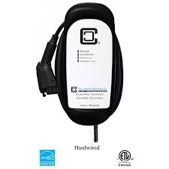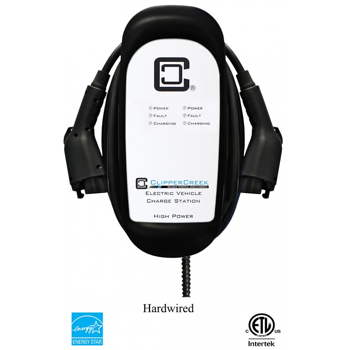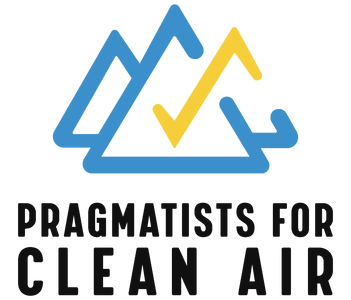 In 2020 and 2021, Giv Group installed 60 Level 2 electric vehicle charging stations serving 87 stalls across six properties. This included nine outdoor charging stations and 51 indoor charging stations, with many more to come. This case study outlines our lessons learned.
In 2020 and 2021, Giv Group installed 60 Level 2 electric vehicle charging stations serving 87 stalls across six properties. This included nine outdoor charging stations and 51 indoor charging stations, with many more to come. This case study outlines our lessons learned.
One of two charging stations at Giv’s Office, before the grass grew back:)
Equipment
To date, the majority of our installations have been non-networked Level 2 chargers, commonly called dumb chargers. We deployed ClipperCreek HCS-40 and HCS-D40.

We network a subset of our chargers via OpConnect (factory modified ClipperCreek HCS-40-N-B) for research, load management, and potentially cost recovery.
Level 1 vs. Level 2 vs. DCFC
Giv has researched a variety of Level 2 chargers and DC Fast Chargers (DCFCs). As of this writing, the Level 2 charger market is more mature with various competitive products. DCFCs are advancing rapidly with widespread deployments like Tesla’s Supercharger network. Buying units as a property owner/manager can be more challenging when considering unit cost, infrastructure upgrades, unit management, and throughout.
| Charger |
Approximate |
Full Charge | Networked | Use Case |
| Level 1 | $500 | Over 24 hours | No | Emergency |
| Level 2 | $1,000 | <6 hours | Available | Workplace/Residence |
| Level 3 | +$50,000 | <30 minutes | Only | High Churn |
*before incentives. Giv averaged $286.07 per stall, with all costs included after incentives.
Cost Recovery - Networked vs. Non-Networked
The standard solution for cost recovery is networked chargers; this isn’t always the best solution.
Paying/budgeting for fuel is nearly universal. However, there is also the ‘unknown’ cost of EV charger use. In fact, the national estimate is $9 for a complete charge[1], and Giv’s currently monthly estimate is $20 per stall at current use levels. Therefore, while we assume charger usage will increase, we also assume that energy prices will either stay the same or decrease over time.
The most common solution for cost recovery is to purchase networked chargers. Networked chargers use either proprietary software (e.g., ChargePoint) or white-label charging platforms (e.g., OpConnect). Said a different way, propriety is like Apple with macOS, and white-label is like PCs with Windows, ChromeOS, Linux, etc. A networked charger has a higher upfront cost, license fees (SaaS), network costs (WiFi, 3G, etc.), credit card fees, and maintenance contracts.
If cost recovery is the goal, networked chargers increase the initial investment and decrease revenues, not a great combination. With that said, there are potential upsides like load management, fleet management, and data collection. However, it would be best if you made sure these services are worth the additional costs.
You can always approach EV charging the same way you approach parking by charging for parking, charging a premium for EV stalls or assigned stalls, limiting site access, locking EV chargers, etc.
Installation
Your Site
In most cases, your site will have the panel capacity for a handful of Level 2 chargers. A licensed electrician should be your first call after having a sense of what you’d like to install. Larger installations, especially DCFCs, will usually require comprehensive electrical work and an electrical engineer's engagement and utility.
The main drives for your installation costs are utility upgrades, panel upgrades, and conduit runs. Depending on the distance, material, and equipment required, conduit runs can destroy your budget.
EV Ready
Giv saved a substantial amount of money during our EV installs by building EV Ready. New construction and major renovations offer you the opportunity to increase your utility capacity, panel space, and pre-run any conduit. In addition, adding conduit, even if unused, to indoor parking garages and exterior stalls are significantly cheaper (≈10% of the price).
Note: Most incentive programs reimburse equipment costs and tend not to support installation or site upgrades.
*Footnote
Utah Incentives
For the remainder of 2021, Utah has two very generous incentive programs:
- Rocky Mountain Power
- AC Level 2 Charger
- Single Port: $1,000 up to 75% of total charger cost
- Multi-port: $1,500 up to 75% of total charger cost)
- DC Fast Charger
- Grant-based custom projects
- AC Level 2 Charger
- Department of Environmental Quality
- 50% of the cost to purchase and install with a $75,000 maximum reimbursable amount for businesses, non-profit, and government* organizations.
*DEQ has expanded limits for the government.
Finishing Touches
Giv restricts outdoor parking/charging during business hours. We worked with the city to install signage, painted the stalls, and adding parking blocks to prevent cars from hitting the chargers (e.g., no curb).
TL;DR - Order of Operations
- Research EV charger incentives in your state (utility, government, nonprofit, or manufacturer)
- Select an EV charger technology & request quotes (we recommend two)
- Site visit and estimate with a licensed electrician (again, we recommend two)
- Include your maintenance team and property management, team
- There is a possibility that your utility will need to assess and approve larger installations
- Submit any pre-approval paperwork
- Installation
- Submit any final incentive paperwork

